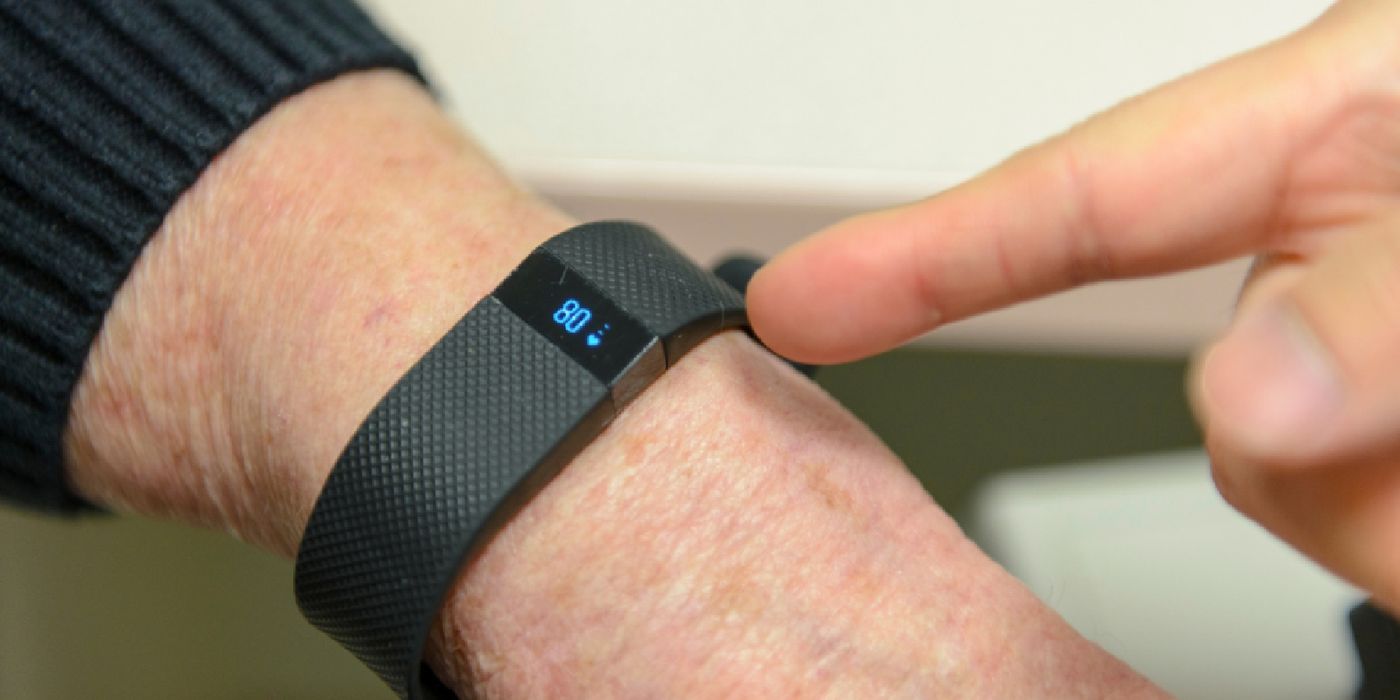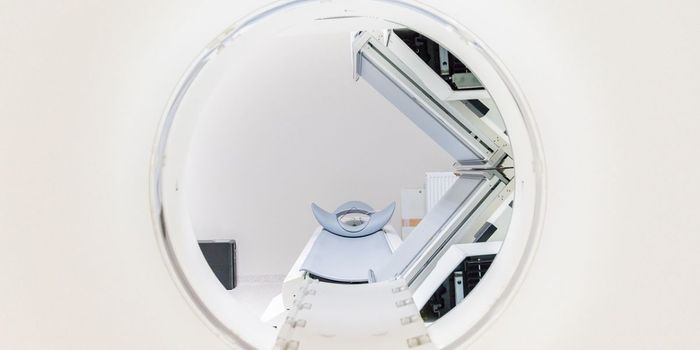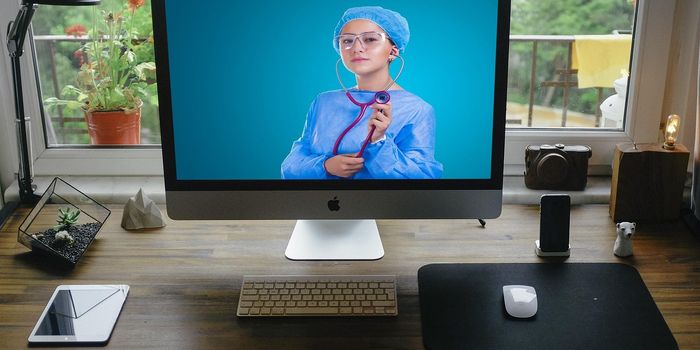Fitbit Alerted Woman to Life-Threatening Condition
A 73-year-old woman and her doctors are crediting the FitBit to saving her from life-threatening blood clots in her lungs.
Wearable technology exploded on the market just a few years ago – many experts actually called 2014 as the “Year of the Wearables.” Arguably, the market of wearables is dominated by fitness and health trackers, with FitBit leading the charge. It’s estimated that this market will steadily climb to more than $12 billion by 2018.
The idea behind these trendy fitness trackers is a noble one – if we can track our daily activities, perhaps we will be more stimulated to incorporating the exercise that we know we need but don’t actually get. In the long run, perhaps a simple tracker can motivate us to get up and move, and lose weight in the process.
Patricia Lauder, a retiree from Connecticut bought into the health notion of the FitBit. She wore it dutifully and tracked her vitals. That’s why when her resting heart rate skyrocketed to 140 beats per minute, she knew something was wrong.
Lauder was trying to get over a sinus infection, and also had symptoms of a walking pneumonia in mid-January. While she was waiting for results from the doctor’s office, Lauder noticed her resting heart rate was steadily rising – first from the normal 60 to 70 beats per minute, to well over 100 beats per minute (tachycardia). “My resting heart rate got to the point where a simple chore was a big effort," said Lauder.
The FitBit’s tracking feature clearly displayed the alarming trend for Lauder. It wasn’t normal, and she knew something was wrong. "I just couldn't wait anymore. Something else had to be done, which is why I called the ambulance -- which turned out to be a good thing," Lauder said.
At the hospital, doctors found the source of Lauder’s tachycardia – blood clots were present in both of her lungs. The pieces of the puzzle started to fit together. The clots forced her heart to beat faster, work harder, in order to distribute blood to the rest of her body. "Because of the clot, initially, the pressure in her right ventricle was very dilated and not functioning well," said Dr. JuYong Lee, a physician at UConn Health Calhoun Cardiology Center who helped treat Lauder.
"My heart had enlarged to about 65% beyond its (normal) capacity," Lauder said.
Within several days, Lauder’s life-threatening clots were broken up via drug administered through a catheter. As expected, her heart rate and breathing returned to normal soon after.
It seems for Lauder, the FitBit paid extra dividends and saved her life. "I think the Fitbit actually helped her decide whether or not this was a serious condition at that time," said Lee. "This condition is very critical and she may have actually died if she had not sought medical attention."
Additional source: CNN









